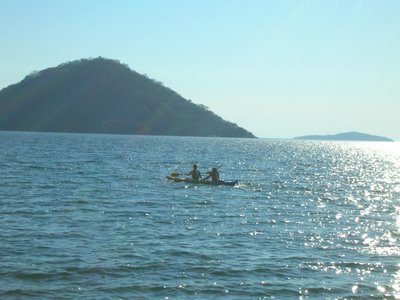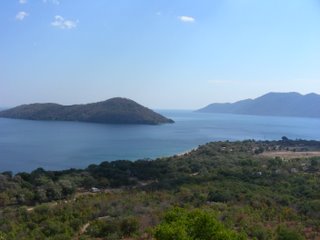I went up to the northern region on VSO business for this last weekend in August. I had a meeting at the Mzuzu University to meet the IT Dept to determine if I will take on a 2nd short-term placement here in Malawi through VSO. The visit went well enough that I have decided to accept this placement and will be here an additional 3 months! So I will finish with the Nurses and Midwives Council the end of October and begin with the Mzuzu U the beginning of November.
And…never to let a trip out of Lilongwe go to waste, I also visited the Vwasa Marsh Wilderness Reserve with a few other volunteers. Vwaza is located about 2 hr drive northwest from Mzuzu (Mzuzu is located about 4 hr drive north from Lilongwe). The camp we stayed in at the reserve is made up of a number of huts that overlook a watering hole. Luckily these huts were made of ‘elephant proof’ twigs to protect us from the number of elephants that live here in the reserve. As we arrived at the camp on Saturday and started to eat lunch, a family of elephants came through the clearing and to the watering hole. It was a good sign that we would see some wildlife!!
The group:

View of Elephants from the huts (Hippos in background):

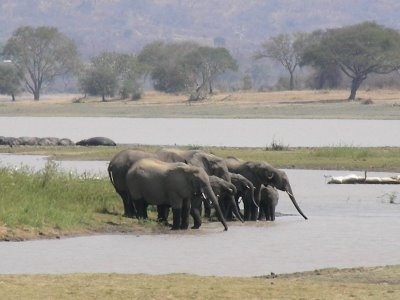
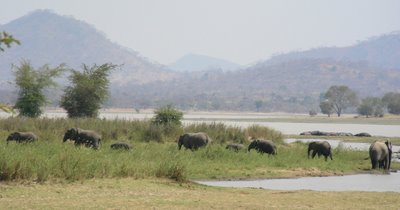
We went for a driving safari in the late afternoon and did not see much for the 1st hr. Then suddenly we came across a family of elephants. The elephants just took a slight detour around us as stayed put and we were able to enjoy seeing the group so close!
What we saw on our driving safari: ELEPHANTS :)



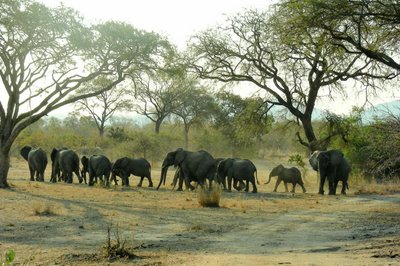

The next morning we went on a walking safari which was great. You feel a bit vulnerable as you are walking, knowing that there are huge animals all about you… but we had a guide (with a rifle) to lead us on our walk. Surprisingly, that did make us feel a bit safer.
What we saw on our walking safari: Lots of HIPPOS :)
Hippos foot print:



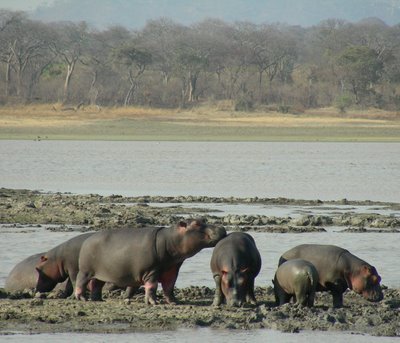
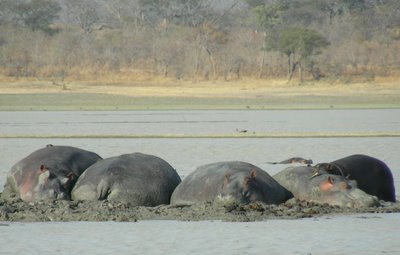


Our trusty guide:
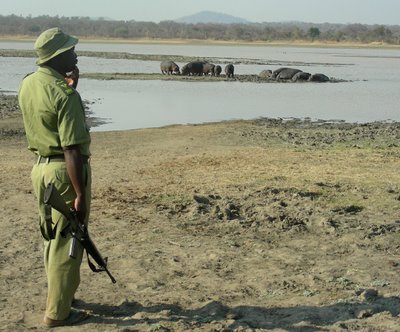
Other sights:
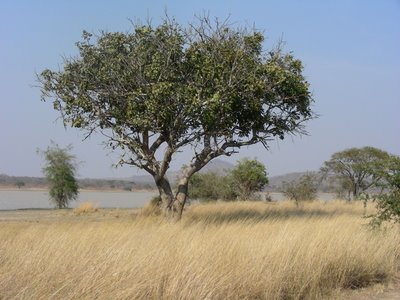
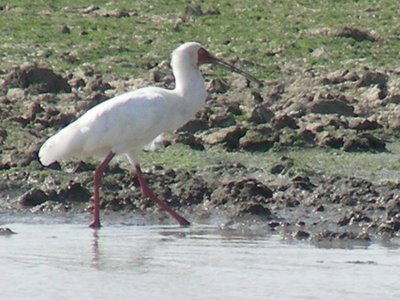
After our walking safari and enjoying the sight of many hippos, we enjoyed a delicious breakfast as we had been walking for a couple hours. We were packed up and ready to go, when heard some crashing about in the bush behind our hut. One of the staff came to tell us that the elephants came back – but a little closer this time!! We could not see them, but could definitely hear them. These are very destructive animals, tearing down branches and trees as they forge their own path while strolling through the bush.
We were able to catch the elephants at the bridge just outside of the reserve and got a great view of them, as well as a very young one. And there was also one adolescent that we enjoyed watching as he was digging up and what looked to be playing around in the mud. After he saw that he was being left behind by the group, he ‘ran’ to catch up - which was a change from the slow and steady pace of the group.


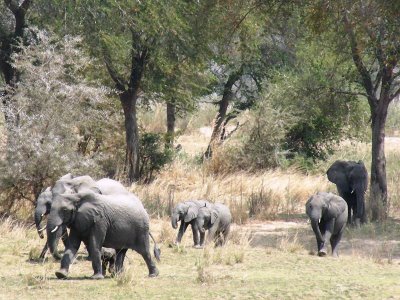
I’m still waiting for the giraffes!!!!




